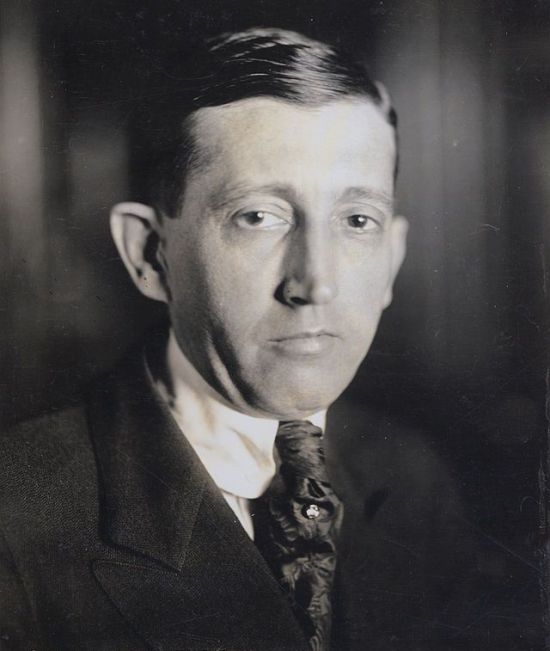In 1920-1 the trial of Roscoe ‘Fatty’ Arbuckle, Hollywood’s most highly paid star, the murder of the director William Desmond Taylor, the divorce of Mary Pickford, who played ‘good girl’ roles, and the death of the actor Wallace Reid from a drugs overdose combined to scare the studio moguls into cleaning up their scenarios. They hired Will H. Hays of Indiana, former Republican National Chairman and Harding’s Postmaster-General, to clean up Hollywood an lay down a code for the future. A jury cleared Arbuckle but Hays drove him and hundreds of others out of the industry on grounds of sexual depravity, homosexuality, drug abuse, and prostitution, and he inserted ‘morals clauses’ into stars’ contracts. The Hays Code insisted that directors should avoid the ‘attracted’ or ‘justified’ treatment of adultery and fornication, nudity under any circumstances, sympathy for ‘murder, safe-craking, arson, smuggling’ and ‘all low, disgusting, unpleasant though not necessarily evil subjects.’ Positively directors should follow ‘the dictates of good taste and regard for the sensibilities of the audience.’
Hays evoked sniggers at the time, and abuse since his death, but his rules were accepted and adhered to for forty years, during which Hollywood movies became a hugely successful industry and one of the America’s most lucrative and culturally effective exports. At home, movies stressed patriotism, loyalty, truth-telling, family life, the importance and sanctity of religion, courage, fidelity, crime-does-not-pay, and the rewards of virtue. The power of the movie increased dramatically after sound was introduced in The Jazz Singer, October 6, 1927, and the first full-length ‘talking picture’ was shown in July 1928. In 1928 only 1,300 of America’s 20,000 movie houses were equipped for sound. By December 1930, over 10,000 were and the 57 million weekly admissions had doubled to over 100 million. For the next generation, movies, often under the pressure of religious groups, became the most formative influence on American society, and the chief projector of the American Way of Life abroad.
Walt Disney had a strict Protestant upbringing, against which he rebelled, only to fall back into its assumptions as soon as he became a successful businessman. Once in Hollywood, he created Mickey Mouse, a ‘little man’ moral figure, and the The Three Little Pigs, an anti-Depression stimulant, which presented determined hard work as the only protection from the Big Bad Wolf of despair. Like all great children’s artists, Disney moralized the animal kingdom, but he Americanized it too, using the resources of high-technology animation, which he revolutionized. His willingness to stick close to popular taste enormously increased the force of his moral impact. By weaving animal characters into a moral tale, which was itself underpinned by the Judeo-Christian message of the Decalogue and the Sermon on the Mount – Disney invented a new form of miracle play, a religious subculture which translated morally based fantasy into screen reality.

